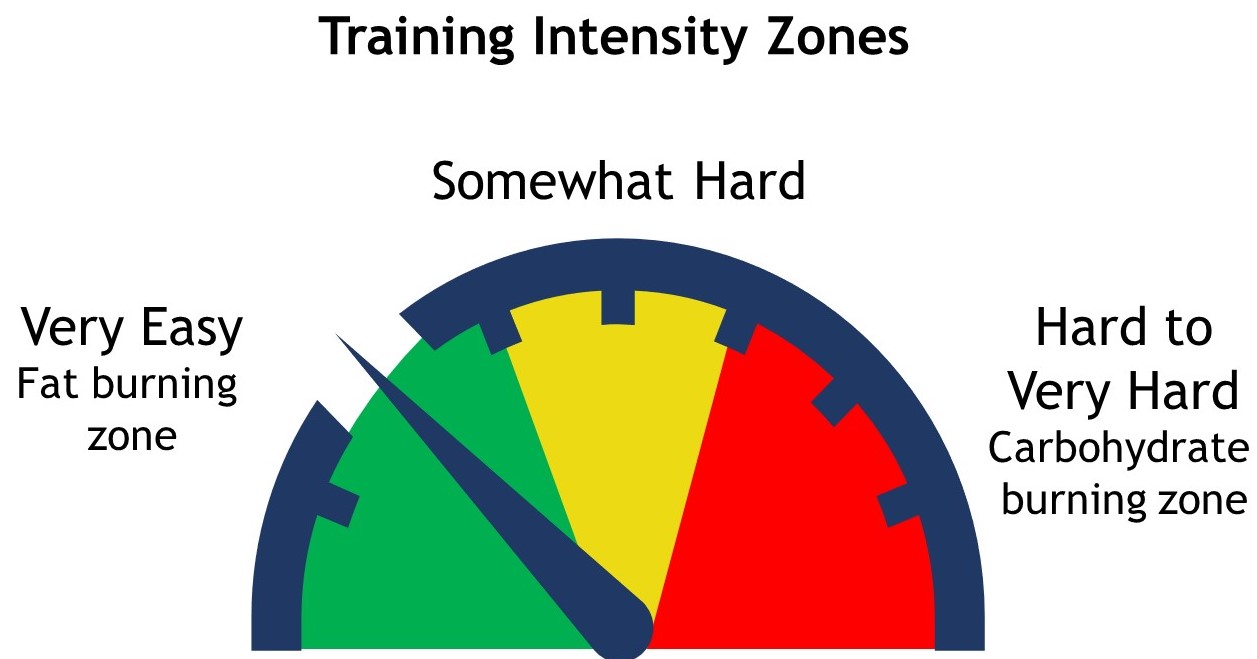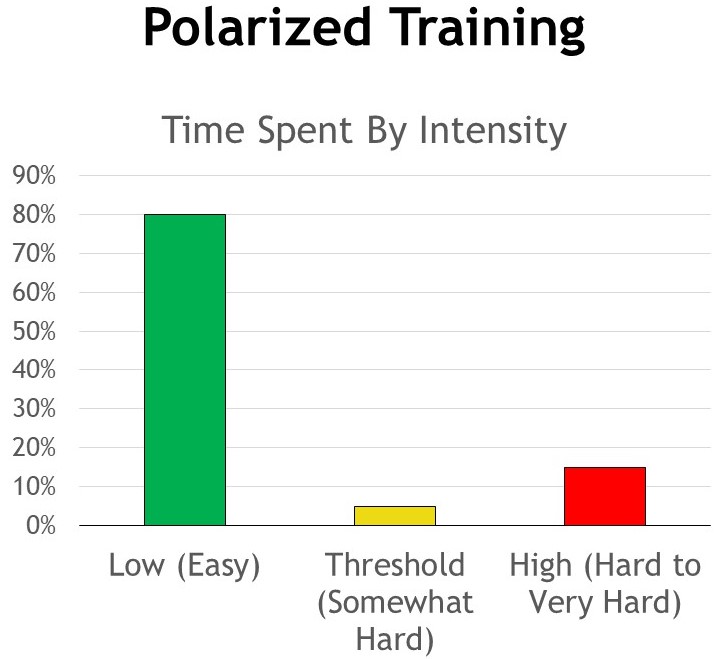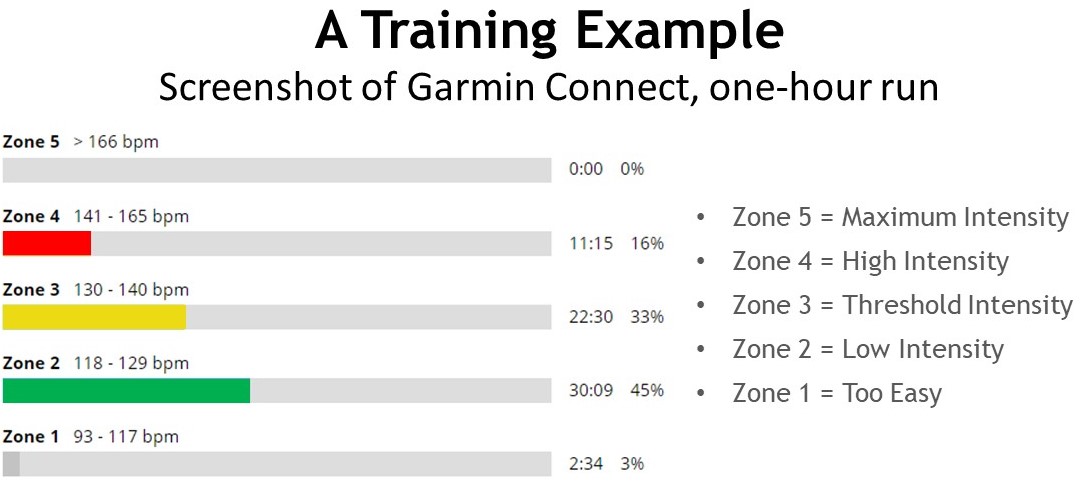Every kid in France has learned La Fontaine’s version of the Aesop fable about the hare and the tortoise. The animals enter a race, although the hare is certain to win. While the tortoise walks surely but very slowly, the hare takes a nap. Only to discover when he wakes up that the tortoise almost reached the finish line. Sprinting like never before the hare rushes but to no avail: the reptile is victorious. The conclusion of this piece is like the fable’s: be more like the tortoise and less of a hare.
This week I underwent a sports medical examination. The reason: I picked running as a hobby just three years ago and, well in my fifties, can I push my body further, continue to run marathons or more? The doctor uncovered no health risks and declared me good to go. She also gave me a good tip to improve my form: do like the tortoise.
Heart Rate Training
She pointed me to a TED Talk by Stephen Seiler, “How “normal people” can train like the world’s best endurance athletes”. Seiler, an exercise physiologist, professor and former consultant of the Norwegian Olympic Federation, debunks the “no pain, no gain” myth. His bottom-line: the most effective way to train is to do so at a low intensity heart rate. He calls it “polarized training”.
If you’re not familiar with the concept of training on heart rates, it works as follows: you use a heart rate monitor, a breast band or a sport watch, for instance by Fitbit, Garmin or Polar. You can easily program these devices and the manufacturer (Garmin at least) offers standard training plans based on heart rate which you upload to your device or smartphone. While exercising you follow the feedback given by the device. Maintain the pace, go slower or faster, depending on the heart rate measured.
These plans are based on five training zones. Seiler’s research finds a three-zone model to be more effective. Below Zone 1 your efforts, for instance walking, are too low to make an impact. In Zone 1, the green “Very Easy” low intensity zone, you feel like you’re exercising too easily, it’s almost boring. The yellow Zone 2 is “Somewhat Hard” but it feels like you could go forever at this rate. Zone 3 is the “Hard to Very Hard” one, you feel the burn! Beware going above zone 3 as you are then exhausting your system.
The five zones are well explained in this article. I mention them because your device will probably be based on those.
Train Like A Champ
The good news: you can train endurance like an Olympian or world champion and this method is also effective for you – that is if you’re an amateur, like me. The efficiency of training is higher when training in different training zones, possibly because by doing so you use and thus train all energy systems (fat, carbohydrate and anaerobic combustion).
The 80/20 rule of polarized training is: spend 80% of your training time just below the aerobic threshold and 20% above the anaerobic threshold. Roughly speaking, for every hour of training you should train 6-12 minutes above the anaerobic threshold. This is depicted below:
In Practice
By the way, the other good news is that this method burns fat. You can easily train in the low-intensity zone on an empty stomach it fits well with an intermittent fasting diet. When you do fitness exercises you’ll probably stay in this zone.
When you train in the high-intensity zone you need glucose as you are burning carbohydrates. I have experienced training in high intensity when fasted and, while the training went well, I was exhausted afterwards. Don’t make this mistake, this is not effective!
I tried today to combine both the low and high zones in a one-hour training. That did not work well. See the picture below.
You need some time to get into the high heart rate zone. My experience is that if you start with a long low-intensity period, it’s difficult to reach and maintain the high-intensity zone. As a result you’re stuck in the yellow, “no-pain, no-gain” zone. You then need to be like the hare: go fast! The better method is to alternate long low-intensity sessions with short high-intensity sessions, e.g. interval trainings.
In summary, if you want to improve your condition, want to burn fat or train for endurance: measure your heart rate and follow the 80/20 rule of polarized training. Go for a long bike ride, a quick walk or a slow run. Treat this like a medidation exercise… and don’t be afraid to look like a tortoise.
